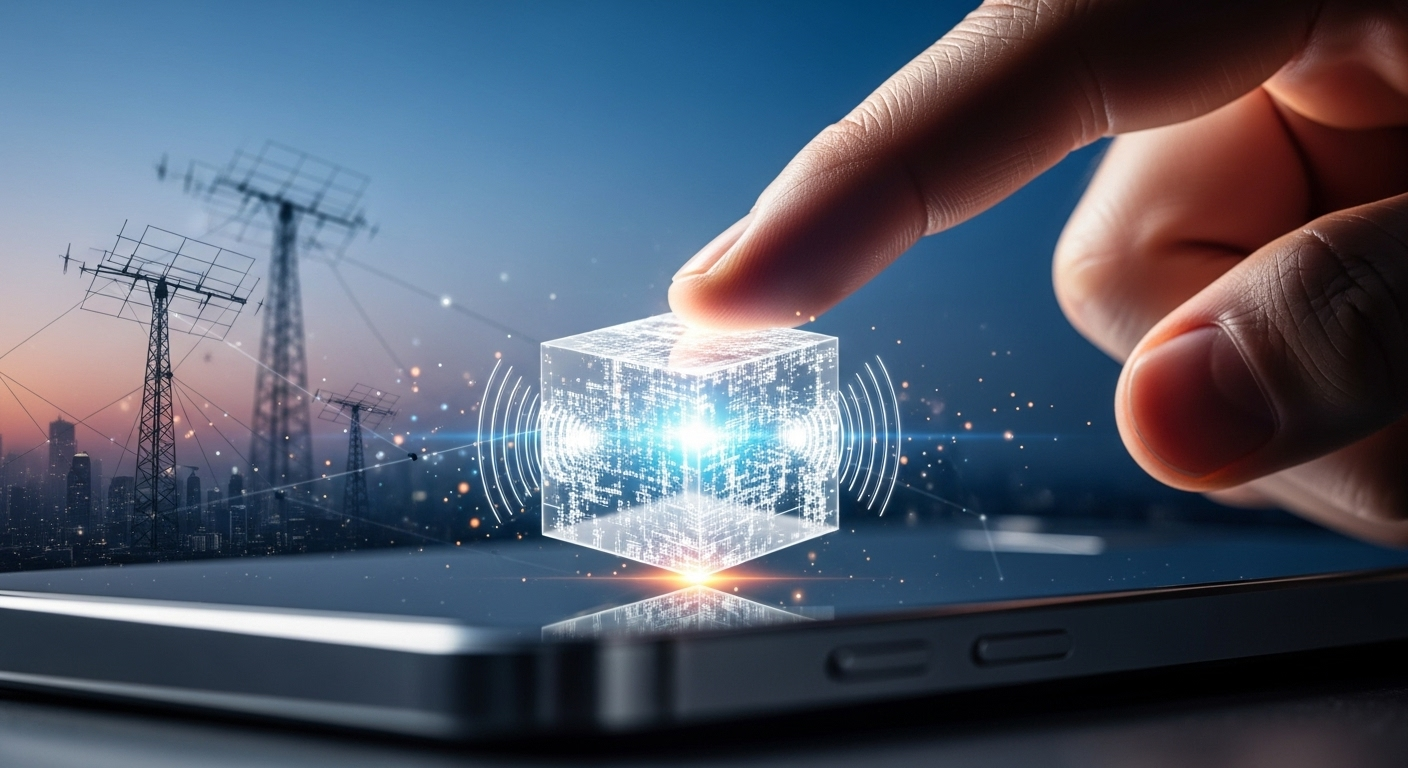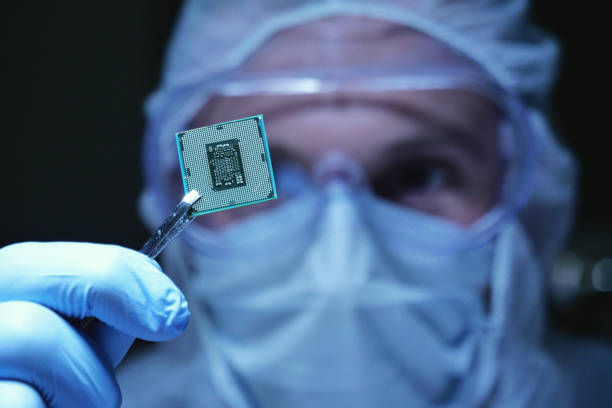Holographic Telepresence: Redefining Remote Communication
The future of telecommunications is stepping out of science fiction and into reality with holographic telepresence. This groundbreaking technology promises to revolutionize how we connect, collaborate, and communicate across vast distances. But what exactly is holographic telepresence, and how will it reshape our digital interactions? Let's dive into this fascinating realm where cutting-edge optics meets advanced networking.

The technology behind holographic telepresence combines several complex systems. High-resolution cameras capture detailed images and depth information of the subject from multiple angles. This data is then processed and transmitted over high-speed networks. At the receiving end, specialized display systems project the 3D image, creating a convincing illusion of presence.
Early experiments with holographic communication date back to the 1960s, but recent advancements in display technology, data compression, and network speeds have brought us closer to practical, real-time holographic interactions.
The Technical Challenges of Holographic Communication
Implementing holographic telepresence on a wide scale presents several significant technical hurdles. One of the primary challenges is the enormous amount of data required to transmit high-quality, real-time 3D images. A single second of holographic video can consume hundreds of gigabytes of data, far exceeding the capabilities of most current network infrastructures.
To address this, researchers are developing advanced compression algorithms specifically designed for holographic data. These algorithms aim to reduce the data load without compromising the quality and realism of the projected image. Additionally, edge computing technologies are being explored to process and render holographic data closer to the end-user, reducing latency and bandwidth requirements.
Another critical challenge lies in creating convincing, high-resolution holographic displays. Current prototypes often rely on specialized screens or projection systems, limiting their practicality for widespread adoption. However, emerging technologies like light field displays and volumetric projection show promise in overcoming these limitations.
Network Infrastructure for Holographic Communication
The successful implementation of holographic telepresence hinges on the development of robust, high-capacity network infrastructure. Current 5G networks, while fast, still fall short of the bandwidth and latency requirements for seamless holographic communication. This has spurred research into next-generation network technologies that can handle the massive data throughput required.
One promising avenue is the development of terahertz (THz) wireless communication. Operating at frequencies between 100 GHz and 10 THz, these systems have the potential to achieve data rates of several terabits per second, orders of magnitude faster than current wireless technologies. However, THz communication faces challenges such as limited range and susceptibility to atmospheric absorption, necessitating innovations in network design and signal processing.
Alongside wireless advancements, the expansion of high-capacity fiber optic networks will play a crucial role in supporting holographic telepresence. These networks will need to extend beyond urban centers to ensure wide accessibility, presenting both technical and economic challenges.
Applications and Impact of Holographic Telepresence
The potential applications of holographic telepresence span numerous industries and sectors. In healthcare, it could enable remote consultations with a level of interaction previously impossible, allowing doctors to examine patients more effectively from afar. In education, holographic lectures could bring world-class instructors into classrooms globally, revolutionizing distance learning.
Business meetings and conferences stand to be transformed, with holographic participants able to engage more naturally than in traditional video calls. This could reduce the need for business travel, leading to significant cost savings and environmental benefits.
The entertainment industry is also poised for disruption. Concerts, theater performances, and sporting events could be experienced in 3D from the comfort of one’s home, blurring the lines between live and remote attendance.
Ethical and Social Considerations
As with any transformative technology, holographic telepresence raises important ethical and social questions. Privacy concerns are paramount, as the technology could potentially capture and transmit far more detailed personal information than current communication methods. Ensuring the security of holographic data transmissions will be crucial to prevent unauthorized access or manipulation.
There are also concerns about the potential for deepfakes and misinformation. As holographic technology becomes more sophisticated, distinguishing between real and artificial projections may become increasingly challenging, necessitating the development of robust authentication methods.
The impact on human interaction and social dynamics is another area of consideration. While holographic telepresence aims to replicate in-person communication, it’s unclear how it might affect our perception of presence and connection over time. Researchers and ethicists are exploring these questions to ensure that as we advance technologically, we don’t lose sight of the human element in our interactions.
The Road Ahead for Holographic Communication
Holographic telepresence represents a significant leap forward in telecommunication technology, promising to bridge distances in ways previously confined to science fiction. While substantial technical challenges remain, ongoing research and development are bringing us closer to a future where holographic communication is a practical reality.
As we move forward, collaboration between technologists, policymakers, and ethicists will be crucial in shaping the development and implementation of holographic telepresence. By addressing technical hurdles, infrastructure needs, and societal implications proactively, we can harness the full potential of this technology to create more immersive, effective, and meaningful long-distance interactions.
The journey towards widespread holographic communication is just beginning, but its potential to reshape how we connect and communicate is enormous. As we stand on the brink of this new era in telecommunications, one thing is clear: the future of remote interaction is poised to become remarkably more lifelike and engaging.




